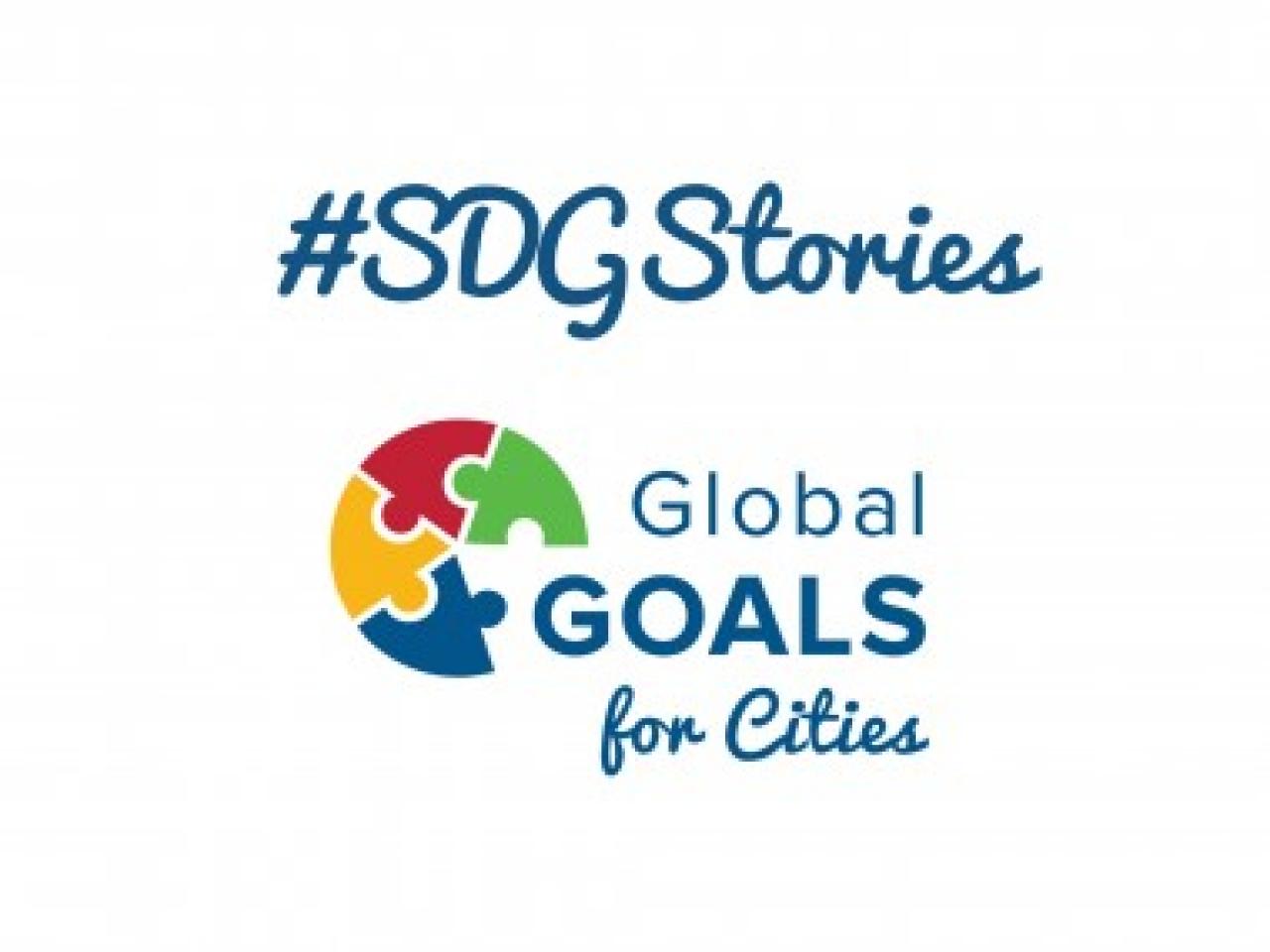
Safe, Connected and Resilient.
The vision of the future of Schiedam 2030
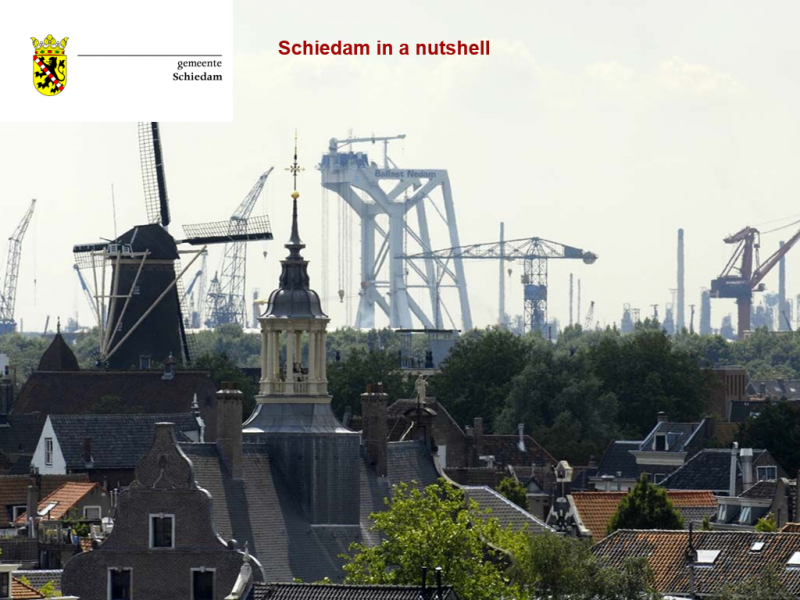
From 2019, intensive discussions have taken place in the city about the future of Schiedam. During the process, conversations were held in various places, the market, community centers ,schools, church and squares. Here residents expressed their vision on maps. In total, about 14,000 responses were collected in one and a half years. Also they had an digital input, they have given a response on a special website and on top of that they have more than 3200 people filled out a survey.
The results of this process were summarized in three core values for the development of the city: Safe, Connected and Resilient. According to the public these values must be reflected in all facets of the municipality's policies and actions. For the individual citizen safe means feeling safe at home, at school and at work and outside in the neighbourhood and city.
For the city as whole safe mainly means being together, working together on the city, where residents and visitors feel at ease.
The Schiedammer is connected to its neighbours, he/she feels at home in the neighbourhood. For the City this means togetherness, looking after each other.
The Schiedammer is healthy and well-educated, he/she is resilient and has the ability to adapt to the changed circumstances. The city emphasizes this value in working together on a healthy city and challenges in the future.
These core values are further elaborated in four themes and challenge in the ambitions for Schiedam 2030.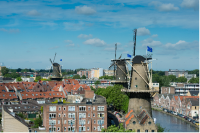
Identity.
The identity of the city is an important constant factor in the relationship between the city and its citizens, it provides space for diversity and connects people to the underlying values. Nowadays trends are seen such as an increasing dynamic in the relationship between the city, stakeholders and residents, in which citizens are more assertive, more enterprising and directly involved in the development of the city. There is increasing co-creation between private and public parties in the Bijschrift realization of social goals. On the other hand changes in migration flows and the demography have an impact on shared identity and social cohesion.
All this forms the backdrop for the long-term challenges facing the city and its residents. Strengthening togetherness, a diverse narrative and cultural forms that can connect Schiedam residents, a shared story and identity that also offers room for diversity. Strengthening our regional positioning, promoting an image and developing a broad business climate as an innovative manufacturing industry. Strengthen the connection in the city; a lively, attractive historic city center, connecting the districts.
The ambitions for 2030 are then; In 2030, Schiedam residents will be proud of their city and will be ambassadors. Is Schiedam a lively city, there is much to experience in the catering industry, shops, with a large, diverse cultural offer, with events in which it contributes to the mutual connection of residents and the attraction of the city. In addition, the government is visibly present in the neighborhoods and easily approachable.
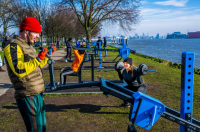
Social development.
The socio-economic development of Schiedam shows trends of persistent and growing employment, with a demand for practically trained personnel. At the same time, the digitization of school and work is continuing at an accelerated pace. This dynamic also reflects a growing inequality of opportunity and a rising demand for care and support. The increasing interweaving of the upper and lower world has a major impact on safety in the city. The themes and challenges of the city and its residents for the medium term are to increase social safety, at home at work and in the living environment. Preserving and strengthening social cohesion and providing space for diversity. The municipality offers appropriate and affordable care and support, while maintaining the cohesion between the approach to care and safety. Maintaining a balance between work and leisure within social mobility, but also lifelong learning and increasing digital resilience.
Ambitions for 2030.
In 2030, Schiedam will be a safe city where the people of Schiedam feel safe and at ease, where they can resist potential criminal temptations and are alert to subversion in their neighbourhood. All Schiedam residents have equal opportunities for accessible and healthy work, there is a diverse range of education and the acquisition of sufficient digital skills.
In 2030 there will be accessible and effective facilities for Schiedam residents when things go wrong, and strong networks in the neighborhood, with residents' initiatives, sports clubs and associations.
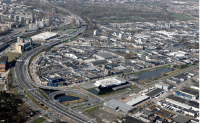
Urban Development.
The attraction of Schiedam is growing, with a great demand for new homes, public space, greenery and space in the bottom. At the same time as these trends the are a changing demand for mobility and a spatial development that shows more mixing of living, working and experiencing. But the shops is also coming under increasing pressure. More attention is being paid to the impact of the living environment and public spaces on health and a sense of safety.
Against this background, the long-term challenges are; the urbanization challenge is to ensure an attractive healthy built urban environment to realize an urban housing program, affordable for starters and tailored made for certain groups for throughput. With attractive and safe public spaces that will invite residents to meet and experience.
Urban renewal restructuring in neighbourhoods from existing outdated dwellings to high-quality affordable and sustainable housing. Modernizing existing business parks future-proof towards a transition of the economy into a sustainable digital circular economy.
Striving for a healthy city with healthy outdoor spaces, green, tranquility. sports and games, with healthy mobility, walking, cycling, electric transport, in a healthy environment, improving airquality, preventing and mitigate water nuisance heat stress and noise nuisance.
This includes the ambitions for 2030; In 2030 there will be affordable and sustainable homes with sufficient space inside and outside in a clean, green and safe living environment. In 2030 we will work together in the region on a strong Schiedam and we will be well on our way to a future-proof economy, with entrepreneurs who focus on making and experiencing.
In 2030 there will be more places in the neighborhoods and city where local residents meet more often.
By 2030, the city districts will be connected with attractive and safe routes.
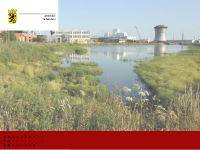
Sustainable development.
The extreme weather conditions underscore the urgency for climate adaptation. More attention for strengthening the ecology in the living environment and improving biodiversity. The transition from fossil to electric for housing, the economy and mobility is being felt and visible more strongly. Among other things, through a stronger focus on the circular economy. In addition, a shift in policy paradigms is visible from broad prosperity, more defined by socio-economic terms, to policy which, in addition to prosperity, also focuses on well-being and well-being.
The challenges for a future-proof city are many and broad, they have an impact on all areas of Schiedam's development. The circular and green city is looking for feasible strategies for achieving renewable energy, strengthening the ecology of the city, more green, improving biodiversity, and a circular economy, more sharing economy, reuse of raw materials and less waste.
Climate adaptation is partly prompted by its geographic location, centrally located in a river delta on the coast, below sea level and is therefore of great importance to daily life in the city. Flood risk management and flood control, together with soil subsidence and heat stress, are major challenges for the coming years. The search for a responsible balance between spatial-economic development and ecological quality and sustainability is always on the agenda. Prioritizing and making choices in the use of space between living, working, mobility and greenery, often difficult and far-reaching choices, requires a shared understanding of the urgency and necessity of these for the longer term, both in politics and in society. This also includes further operationalizing sustainability for the city, making sustainability concrete at the scale level of the city, the neighborhood and the daily life of its residents and businesses.
Strengthen the social resilience of Schiedam residents and reduce the increasing socio-economic differences between groups as a result of climate change and the energy transition. This requires major, far-reaching decisions where Schiedam wants to strengthen the involvement of young people, our future generations and the involvement of young generations.
The ambitions for 2030.
In 2030, Schiedam will be able to withstand more extreme weather conditions. In 2030, more Schiedam residents will have an active, healthy and sporty lifestyle By 2030, the transition to sustainable energy, mobility and a circular use of raw materials will be firmly on the road.
